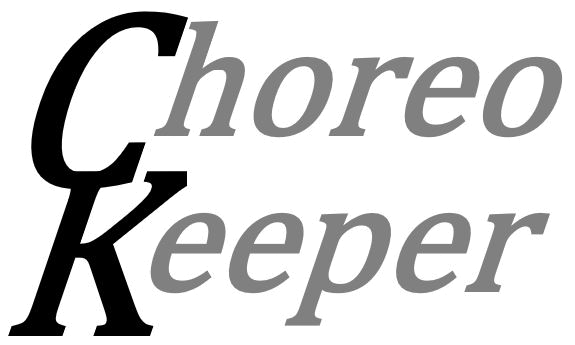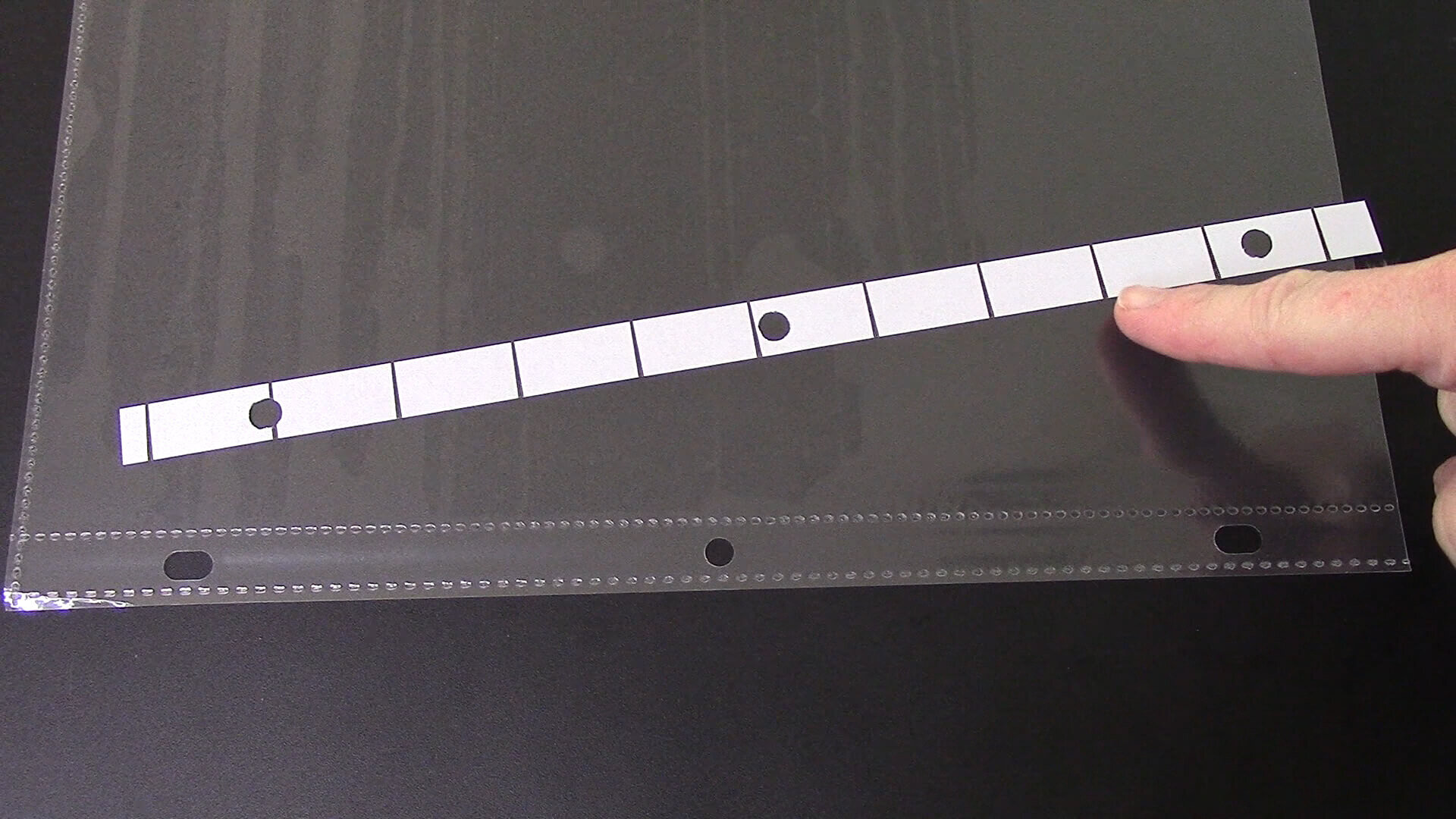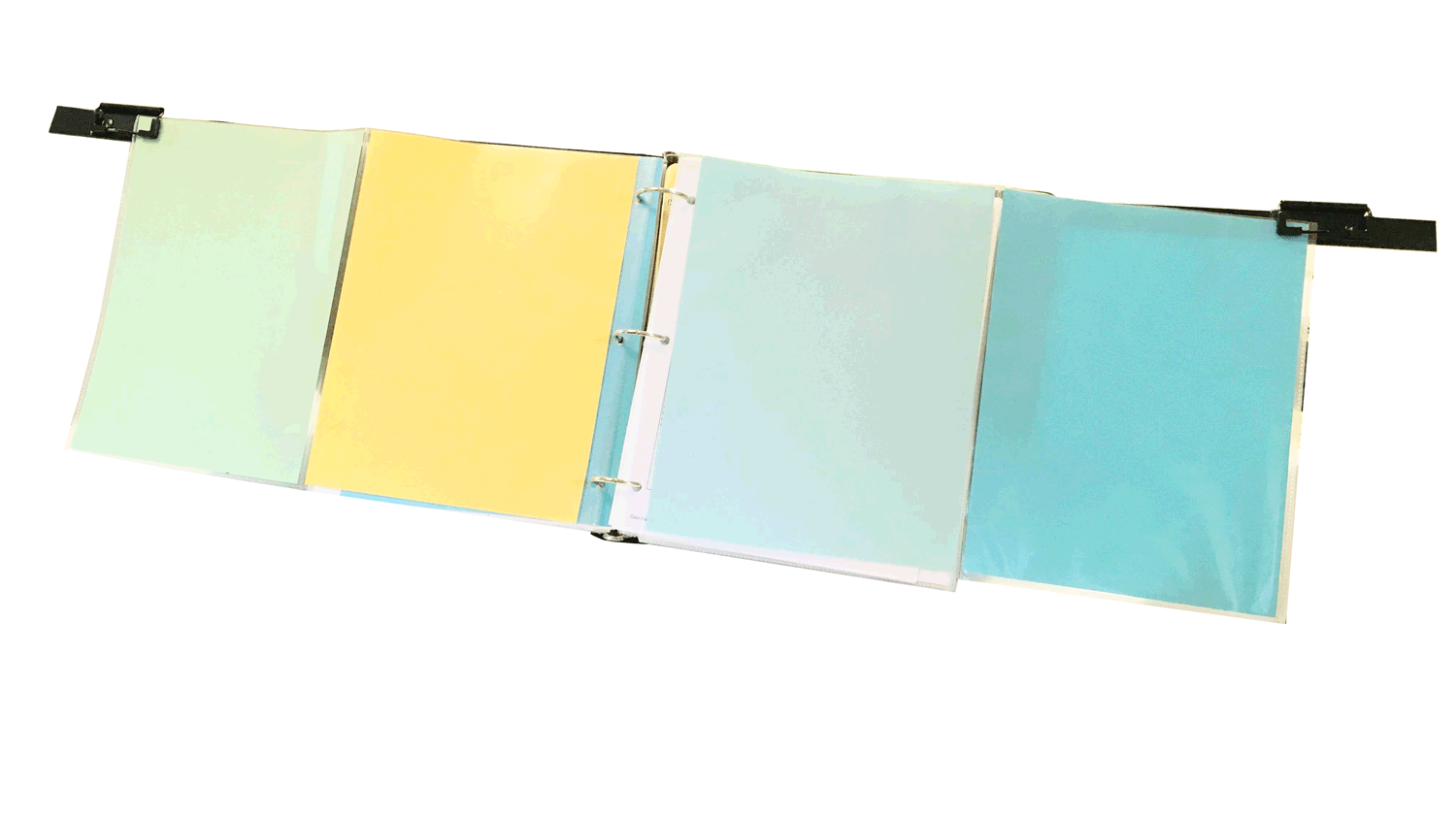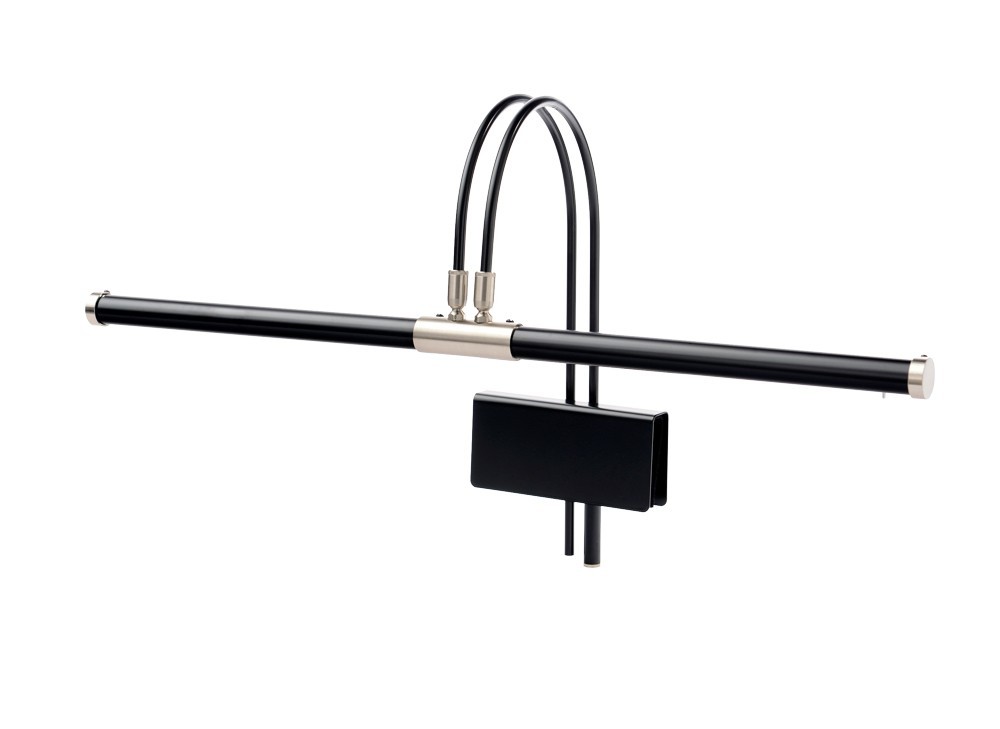When you have a large setlist, it’s nice to know that your music is in order and ready to go, with page turns minimized! Here’s how to do that using trifold sheet protectors.
This example uses an actual setlist with 14 songs, 3-10 pages long (most are 4-5 pages). There are 62 total pages of music.
There are two main options for arranging a large setlist in a ChoreoKeeper:
Use only trifold sheet protectors
Use a combination of bifold and trifold sheet protectors
This focuses on how to arrange the setlist using only trifolds. To see the other option, go to Arrange a Large Setlist Using Bifolds and Trifolds.
There are pros and cons to using only trifolds.
It may be more cost-effective. Because this option uses only trifold sheet protectors, you don’t need to also have bifolds. With their three pockets, trifolds are the most versatile. It’s always okay to leave an outer pocket empty (just fold it in or leave it extended).
Outer pockets may be empty. This can be bothersome if you’re the kind of person who likes to have everything right-sized. 🙂
There’s slightly less bulk. Different pieces share the sheet protectors; therefore, fewer overall sheet protectors are used. One song will be loaded into the front side of the sheet protector pockets; another song will be loaded into the same pockets but showing on the back side. Watch the video if this sounds confusing.
It’s good for a setlist which doesn’t change often. If you’re planning for a seasonal large event, or onetime concert, you can load the sheet protectors and not be concerned with having to rethink your loading order for a while.
It’s not good for a frequently changing setlist. If you have gigs with often-changing song orders, changing out the music and moving it around can get old…quickly.
The video below describes how to arrange the setlist using only trifolds. Songs are placed in the binder in the order in which they’ll be played.
A close-up of the infographic used in the video is shown below that.
To recap, arrangement of this large setlist used single pages and 13 trifolds. That equates to











